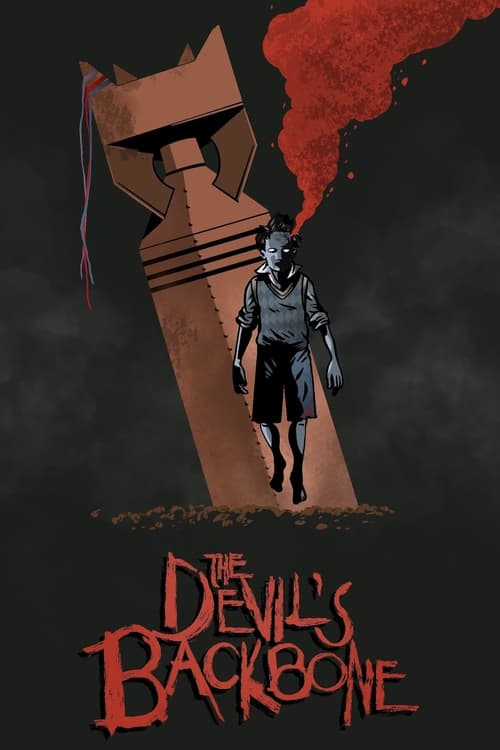
 The Devil's Backbone
— What is a ghost?
The Devil's Backbone
— What is a ghost?
The Devil's Backbone

Spain, 1939. In the last days of the Spanish Civil War, the young Carlos arrives at the Santa Lucía orphanage, where he will make friends and enemies as he follows the quiet footsteps of a mysterious presence eager for revenge.























Del Toro's best film and a wonderful companion piece to Pan's Labyrinth, both in terms of motifs and themes and a rather depressing narrative connection concerning the fates of two central characters from this film. As a film in it's own right, this combines elements of a Gothic ghost story and coming of age drama set during the Spanish Civil War. The opening prologue questioning what a ghost is indicates from the beginning that this is not simply out to scare people and del Toro subverts expectations from the initial setup as the story takes unexpected turns, pulls no punches in showing where the true horror lies and develops each character in interesting ways during the story. The film is beautifully shot and designed with the cool atmospheric and creepy night time scenes contrasting with the warm yet harsh arid daytime moments. All the performances are great, but in particular the young Fernando Tielve as the central protagonist portraying a quiet resolve and bravery despite his fears.